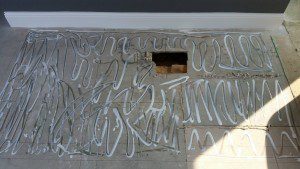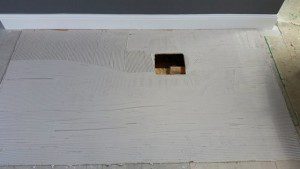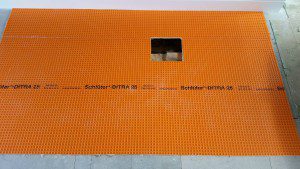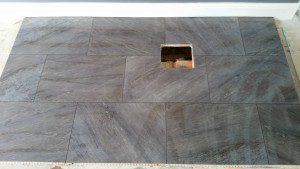 Does anyone have experience with a bouncy floor in old houses?Bouncy floors aren’t just an old-house problem.Many new buildings have the same issue.For many homeowners that is acceptable until they realise what they really want is a tiled floor.Deflection, or bounciness, can cause tiles and grout to crack or come loose, and the tolerance depends on what type of tile is being installed. For instance, porcelain tile can withstand more deflection than natural stone.Several factors affect the condition of the subfloor joists, joist size, type and spacing, and how the subfloor was fastened.There are a variety of ways to stiffen a floor, we will describe one of them.The level of bouncing need to be always checked by professional. To avoid problems in future, we recommend following next steps.
Does anyone have experience with a bouncy floor in old houses?Bouncy floors aren’t just an old-house problem.Many new buildings have the same issue.For many homeowners that is acceptable until they realise what they really want is a tiled floor.Deflection, or bounciness, can cause tiles and grout to crack or come loose, and the tolerance depends on what type of tile is being installed. For instance, porcelain tile can withstand more deflection than natural stone.Several factors affect the condition of the subfloor joists, joist size, type and spacing, and how the subfloor was fastened.There are a variety of ways to stiffen a floor, we will describe one of them.The level of bouncing need to be always checked by professional. To avoid problems in future, we recommend following next steps. 
1.Loose or squeezing floor boards need to be fixed with screws.Make sure you check what is underneath.Just in case any pipes or wires are in the way.
2.Then cover the floor boards with wood adhesive.
3.Install exterior plywood (9mm thick or thicker, depends on how bad the floor is ) using screws.Make sure the screws don’t exceed the thickness of plywood and floorboards put together.The distance between screws should be 130mm.With plywood, you create one firm plate which will minimalize vertical movement. 
4.Apply one coat of primer, using a brush or roller.Because plywood is an absorbent substrate, make sure you use the right primer.Then leave it to dry out properly, ready for next step.
5.Mix tile adhesive and apply it to the plywood using a 4-6mm tile trowel.The bouncing floor needs extra flexible tile adhesive.S2 is the classification for adhesive which is ultra-flexible.S2 adhesive will maintain some deformation properties when fully cured and therefore, be more suitable for installations subject to frequent or permanent vibration such as timber. 
6.Install uncoupling membrane DITRA-mat.Tile underlay has many benefits, such as absorption of horizontal movement on the subfloor.It can be used like a part of waterproofing in wet room.The design provides a route for excess moisture and vapor to escape from the substrate that could otherwise cause damage to the tile layer above.DITRA-mat effectively manages moisture beneath the tile covering.
7.Finally install tiles by using ultra flexible tile adhesive (classification S2)
